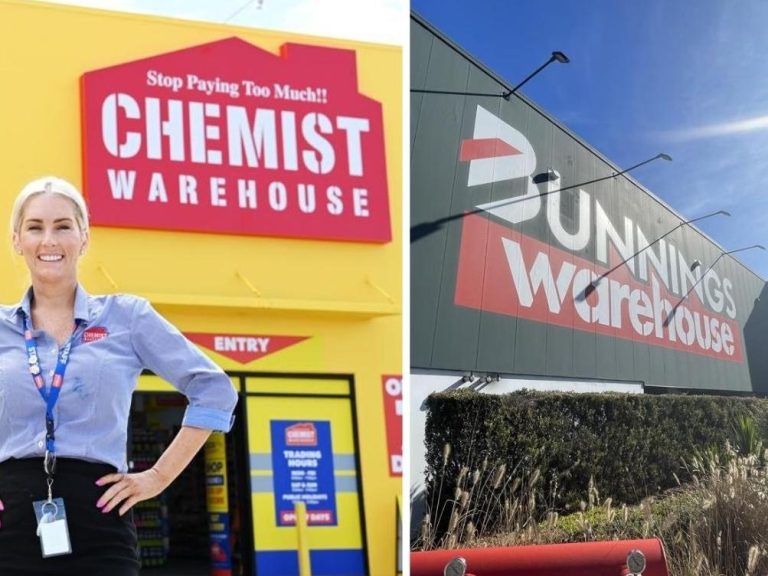First look inside Panda Mart Preston: ‘Temu in real life’ or just a giant dollar shop?

Discount megastore Panda Mart – described as ‘Temu in real life’ – has quietly opened its second Australian store inside an 8,300sqm warehouse formerly occupied by Bunnings.
The ‘soft launch’ at its new store in the Melbourne suburb of Preston on Tuesday comes ahead of its official grand opening on Friday 12 September, when it will offer 20% off all 50,000+ products over three days, across both stores.
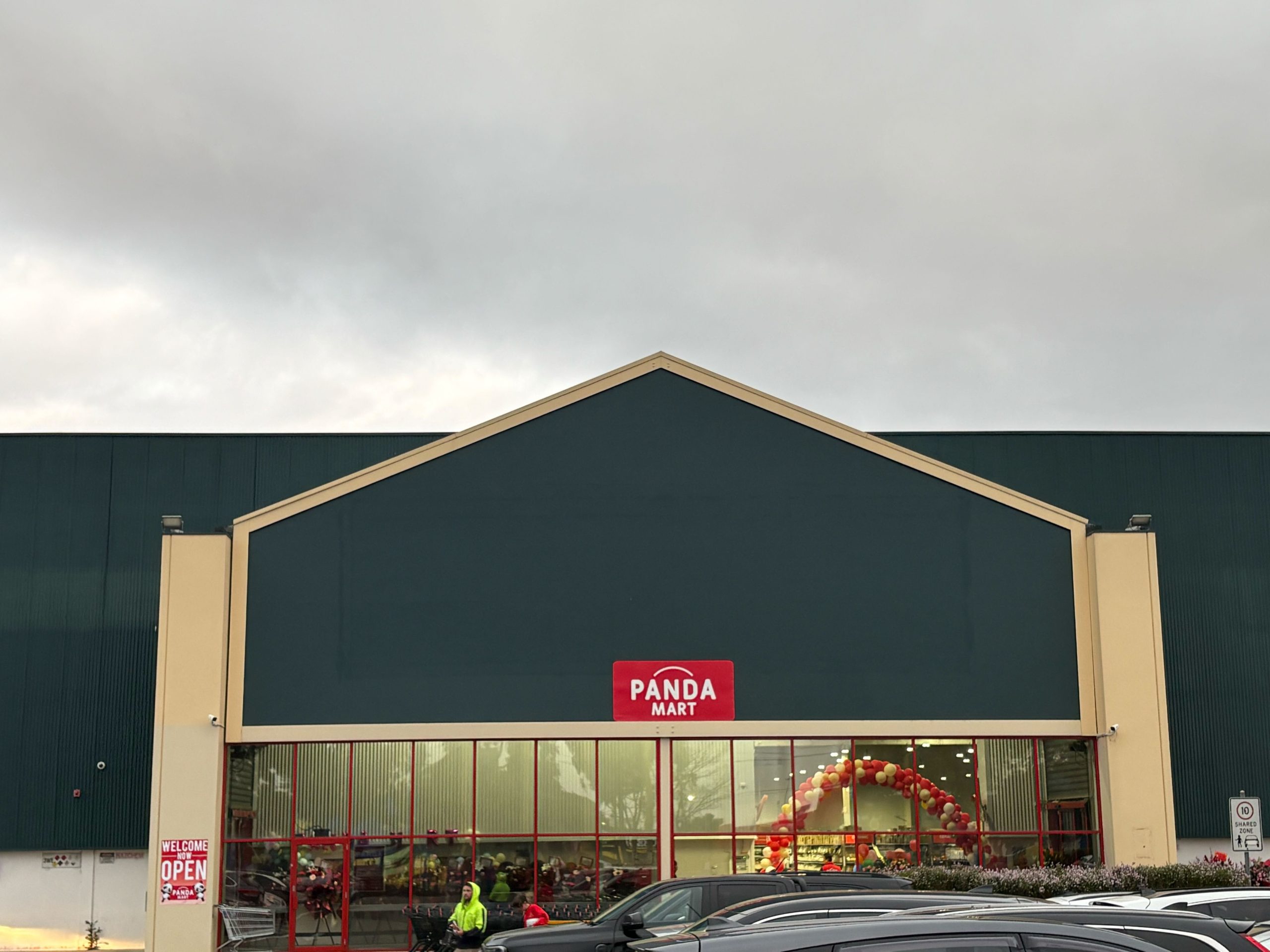
Panda Mart has opened its second Australian store in Preston inside a former Bunnings Warehouse. Picture: realcommercial.com.au
It comes six months after Panda Mart opened its first Australian store in Melbourne’s Cranbourne to scenes of chaos, as a massive queue of bargain-hungry shoppers attempted to push past staff into the store.
Victoria Police were called in to help manage the 1,000-strong crowd, while crazed customers who managed to make it inside left shelves in disarray. Forced to shut its doors, the store secured more staff and reopened the following morning.
@mia_idk1111 Yeah no #pandamart #melbourne #cranbourne #foryou #fyp #fypシ゚viral #blowthisup #fypシ
It’s fair to say the international company has caused quite the stir since crashing onto our shores. But what exactly is Panda Mart and where does it sit in Australia’s newly shaken up discount store landscape?
Temu ‘in real life’
Founded in South Africa more than a decade ago, Panda Mart now has more than 100 superstores across New Zealand, South America, the United States and Africa.
It stocks more than 53,000 products on its shelves, ranging in homewares, kitchenware, furniture, cleaning supplies, home decoration and gym equipment.
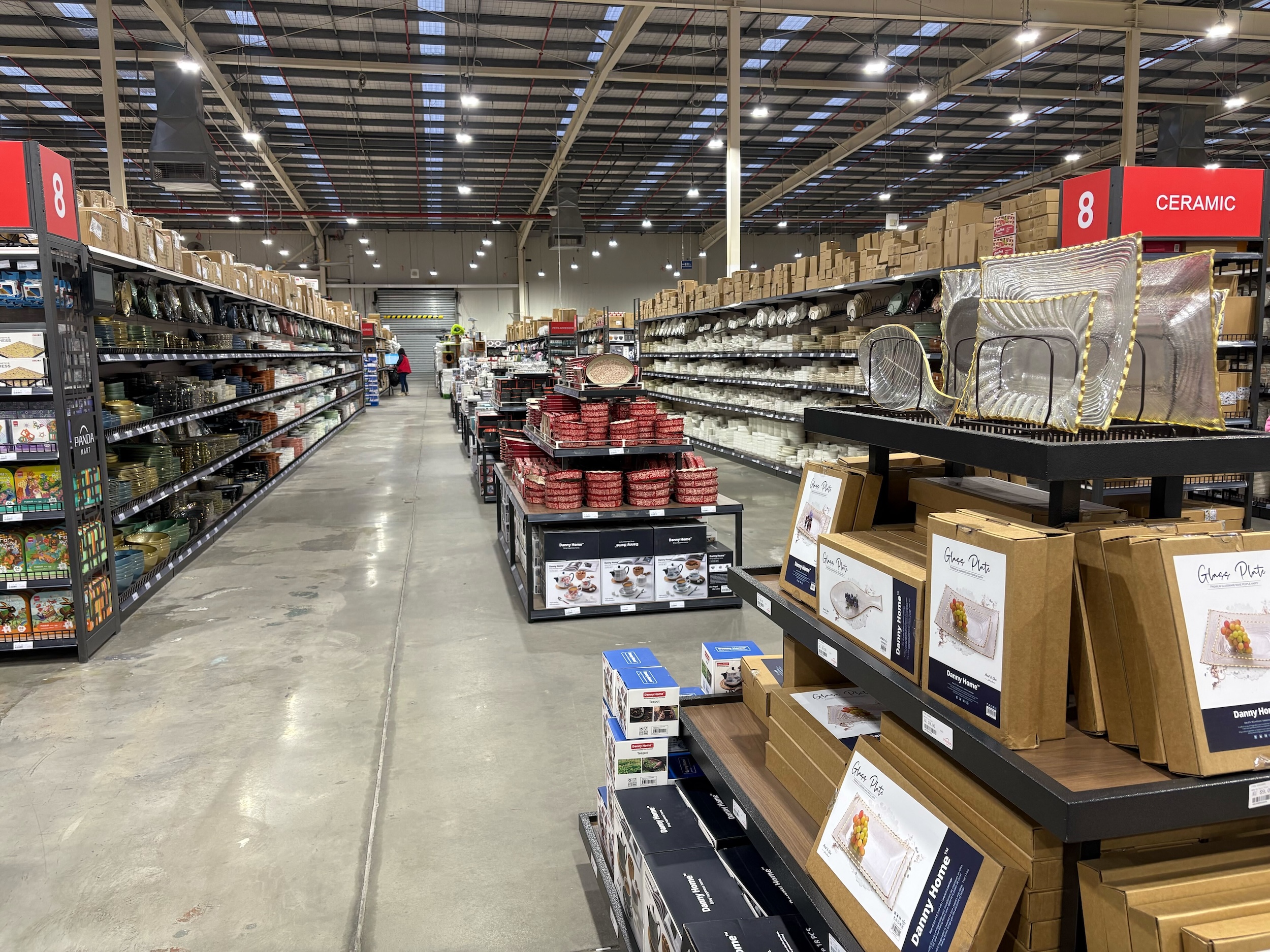
Panda Mart stocks more than 50,000 products on its shelves. Picture: realcommercial.com.au
Items include suitcases for around $40, stuffed toys for $3 and mugs for $1.50, many of them reportedly sourced from China’s wholesale markets in Yiwu, leading to social media users dubbing the physical retailer as ‘real life Temu’.
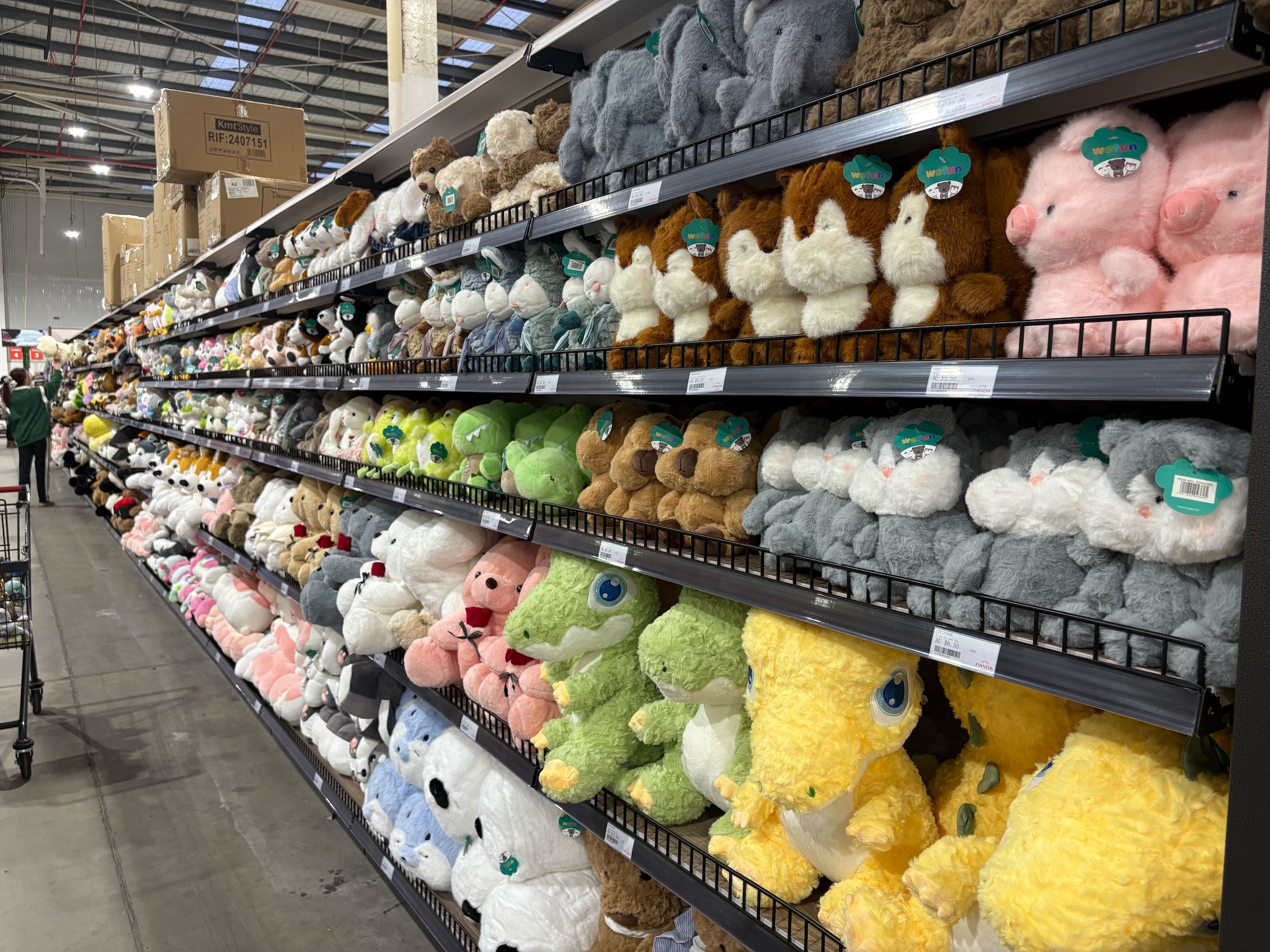
Consumers have likened the range of stock to Chinese online marketplace Temu. Picture: realcommercial.com.au
In an e-commerce era dominated by online retailers, Queensland University of Technology professor, Gary Mortimer, says a brick-and-mortar discount retailer such as Panda Mart holds certain advantages over competitors like Temu and Amazon.
“The downside of buying online is the delay in delivery, particularly if you’re buying from overseas. By contrast, the ability to walk into a store like Panda Mart and grab what you want is an attractive proposition for consumers. There’s also the opportunity to physically actually touch, feel and examine the quality of the product before you make a purchase,” Mr Mortimer explained to realcommercial.com.au.
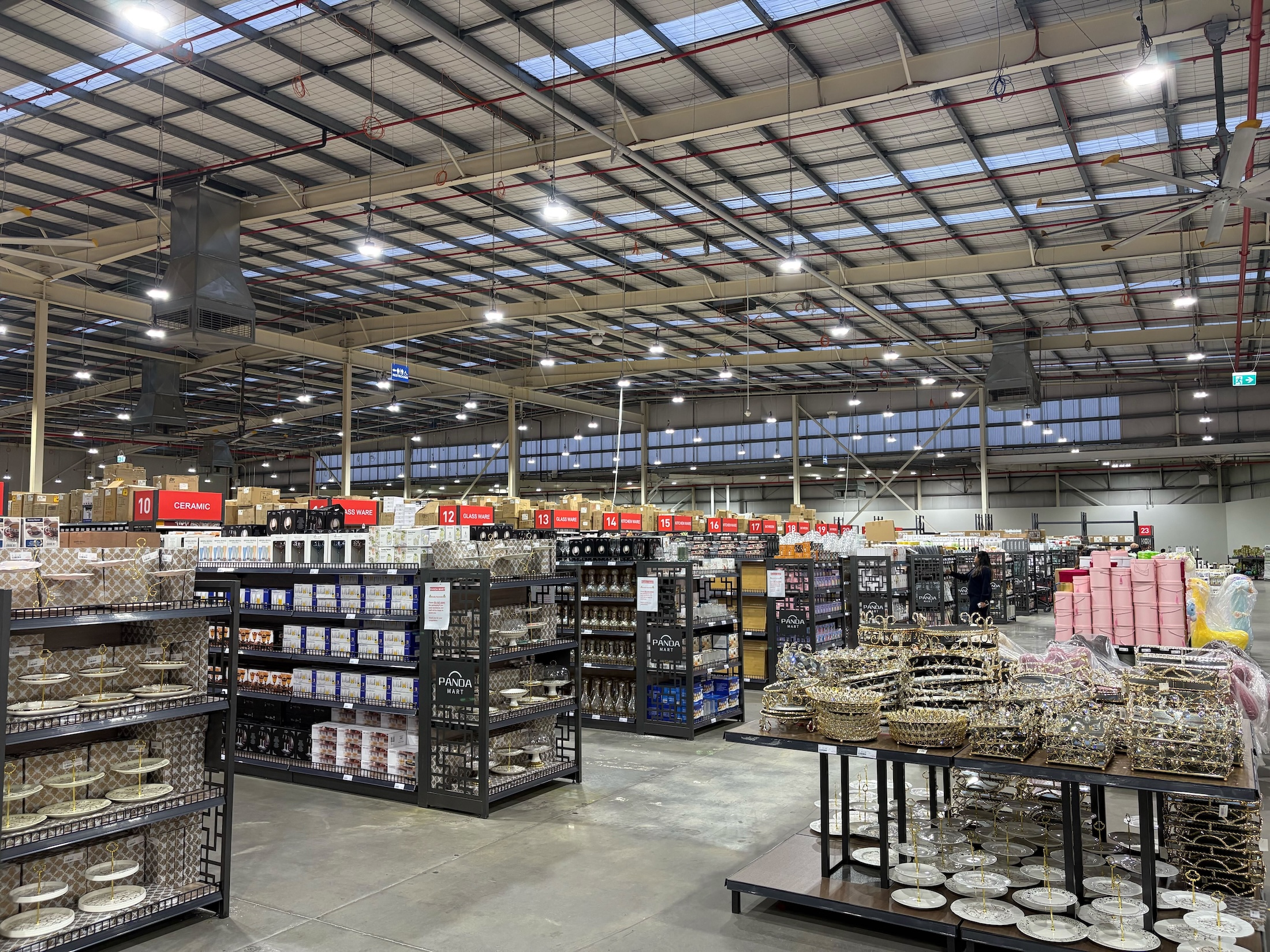
The mega discount store occupies a former Bunnings site, with tens of thousands of products on display. Picture: realcommercial.com.au
“Physical stores also encourage unplanned impulse purchasing. On a Temu-like platform you’re having to scroll through pages and pages to find something you specifically want. When you go into a physical store, you might see something just pop that you pick up on a whim.”
Disruptor or fourth-tier player?
Australia is no stranger to discount stores, with national chains like The Reject Shop – soon to become Dollarama – and Cheap as Chips familiar to many shoppers.
However, Panda Mart operates on a different level. While established discount stores and independent two-dollar shops are prevalent in shopping centres, large warehouse-sized stores are rare.
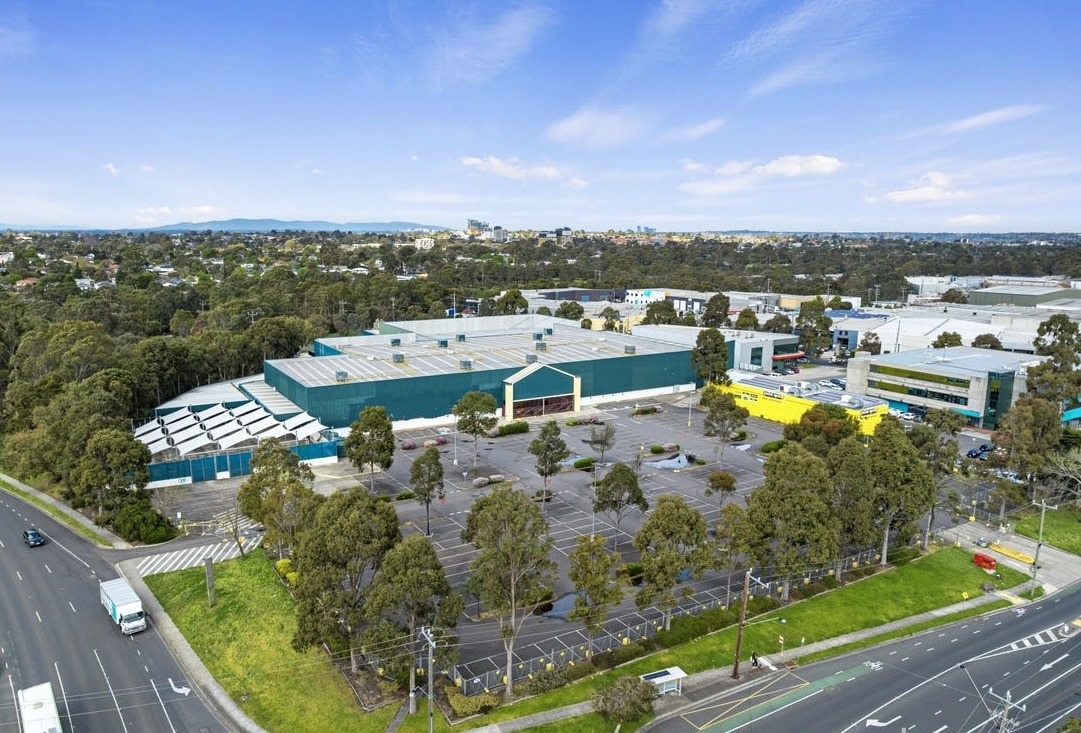
Panda Mart has leased an ex-Bunnings for its new store in Preston, occupying more than 8,000sqm. Picture: realcommercial.com.au
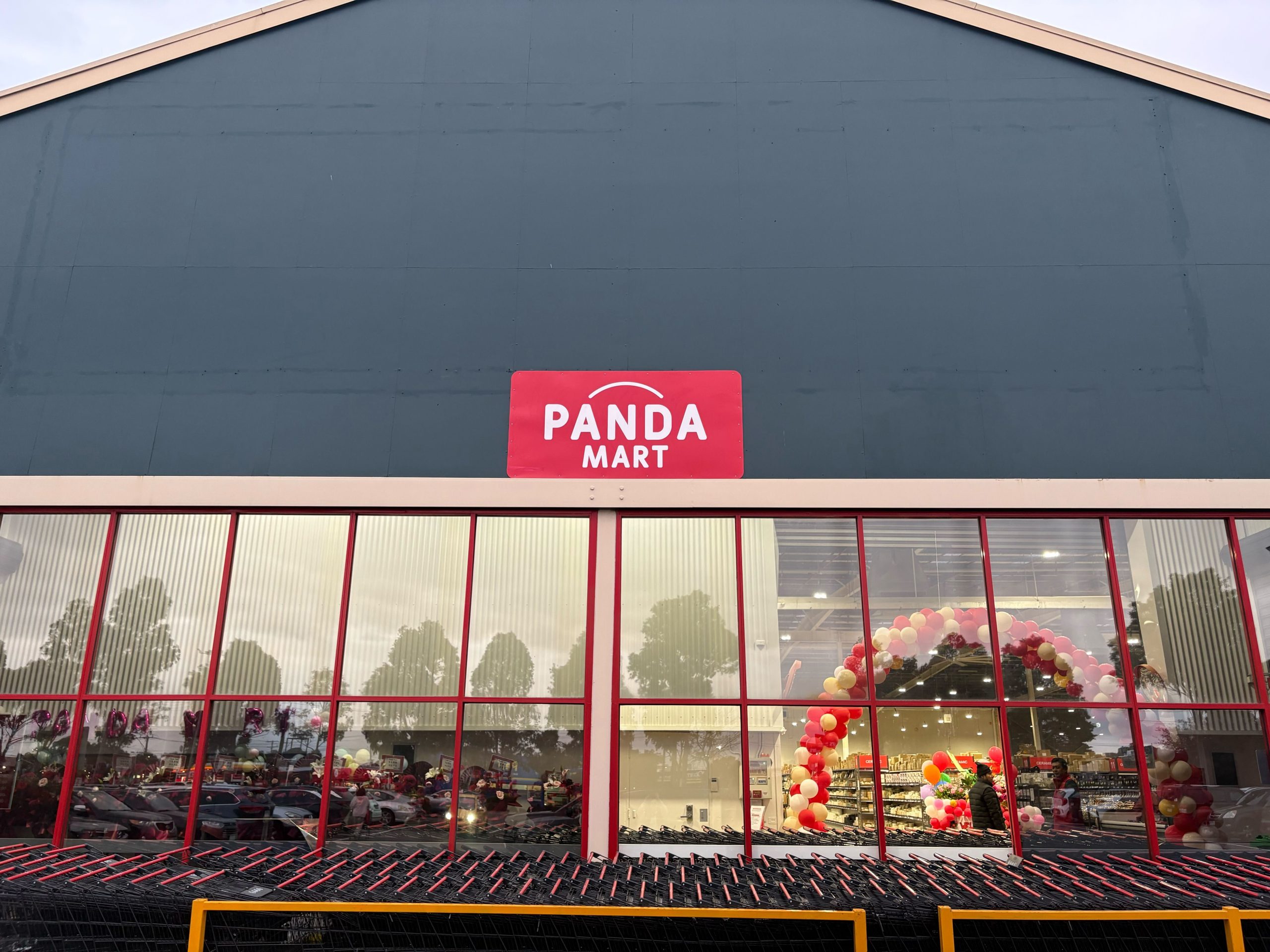
There’s no mistaking the site’s former life as a Bunnings. Picture: realcommercial.com.au
A design posted to Instagram by Tomic Designs, the company behind the fit-out of Panda Mart in Cranbourne, outlines the store’s massive scale.
But is Panda Mart likely to successfully disrupt the discount market at a national level?
View this post on Instagram
Carmel Zein, marketing expert and host of Humble Brags podcast, believes so.
“They’re not just going after the two-dollar shop niche, they’re positioning themselves right up against household names like Kmart, The Reject Shop and discount party stores. What makes them disruptive is their ability to bring that Temu-style product range and price point into a physical retail setting,” Ms Zein said.
“The everyday consumer is smarter than ever, and many are starting to realise that brand name products often come from the same factories as their unbranded equivalents. Panda Mart is giving them the exact same items at a fraction of the price, without the markup.”
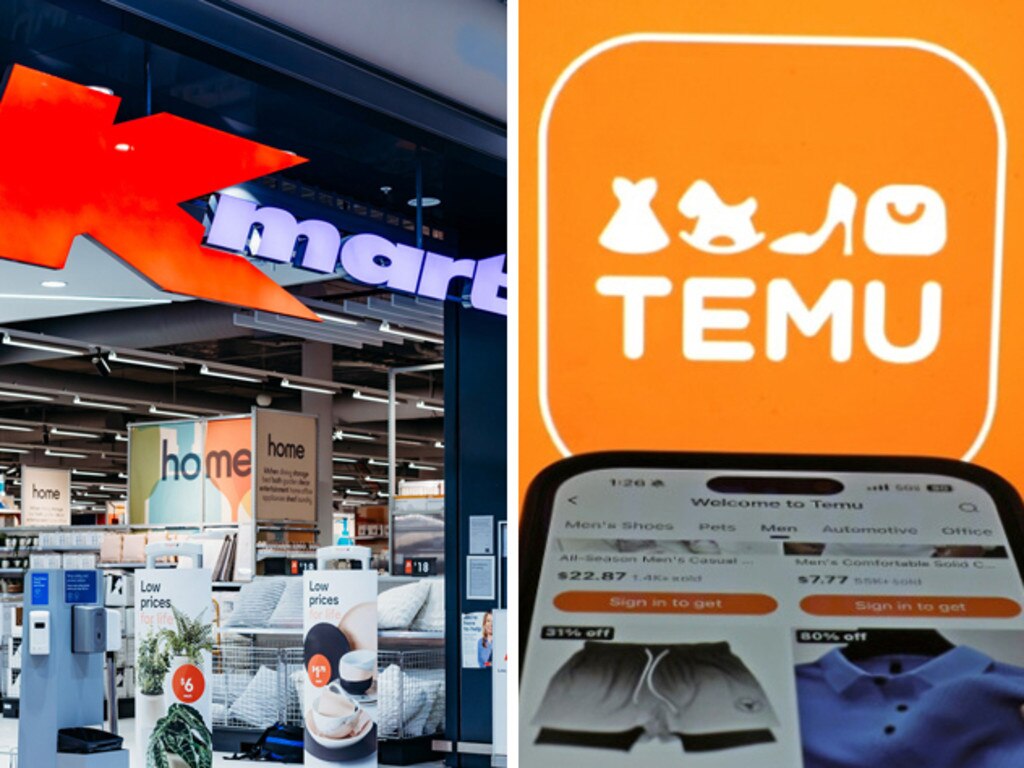
Panda Mart is taking on local discount retailers like Kmart and The Reject Shop, as well as online marketplaces such as Temu, Shein and Amazon.
Conversely, Gary Mortimer contests Panda Mart sits well below the likes of Kmart, Big W and Target.
“I would probably even argue they sit below the third-tier variety stores like Reject Shop and are playing in the same space as the likes of Silly Solly’s.”
Affordability vs safety
While Panda Mart’s entry into the Australian market has been well received by customers, it’s also run into trouble with consumer authorities.
In March, inspectors from Consumer Affairs Victoria raided the Cranbourne store, confiscating thousands of dangerous items that failed to meet mandatory product safety and information standards.
The seizure included toys and baby rattles containing button batteries that were inadequately secured and posed life threatening risks to children, and cosmetics that failed to meet a range of safety standards.
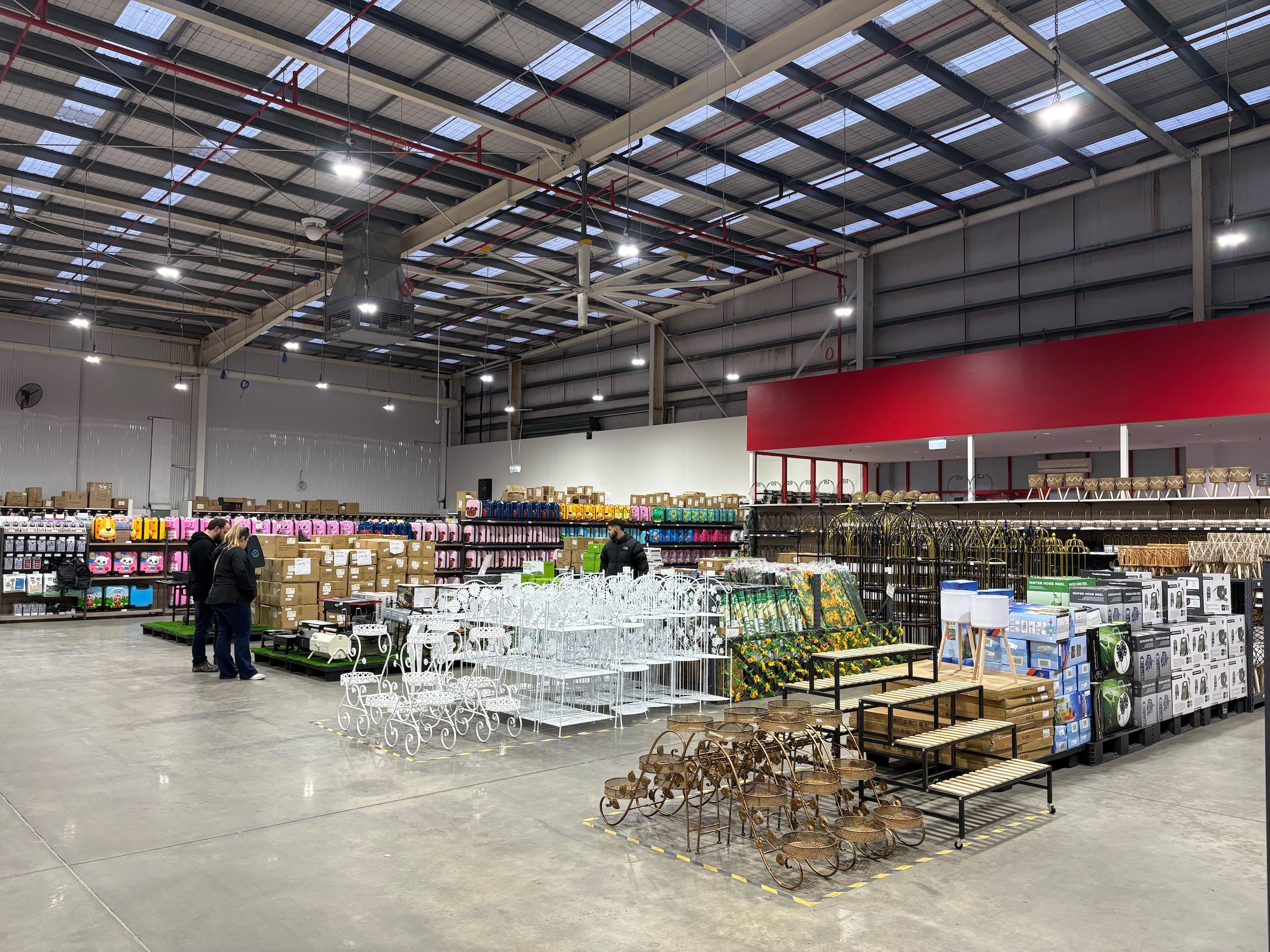
Panda Mart has run into trouble with Vic authorities after thousands of products failed to meet mandatory product safety standards. Picture: realcommercial.com.au
A public warning from Consumer Affairs Victoria was issued, declaring businesses had an obligation to ensure the items they sold met safety standards and did not pose a danger to the public.
“We know many Victorians are looking for bargains when they’re shopping given the cost of living, but they shouldn’t have to worry about picking up dangerous products at the same time, especially ones for babies and kids,” Consumer Affairs Victoria Director Nicole Rich said at the time.
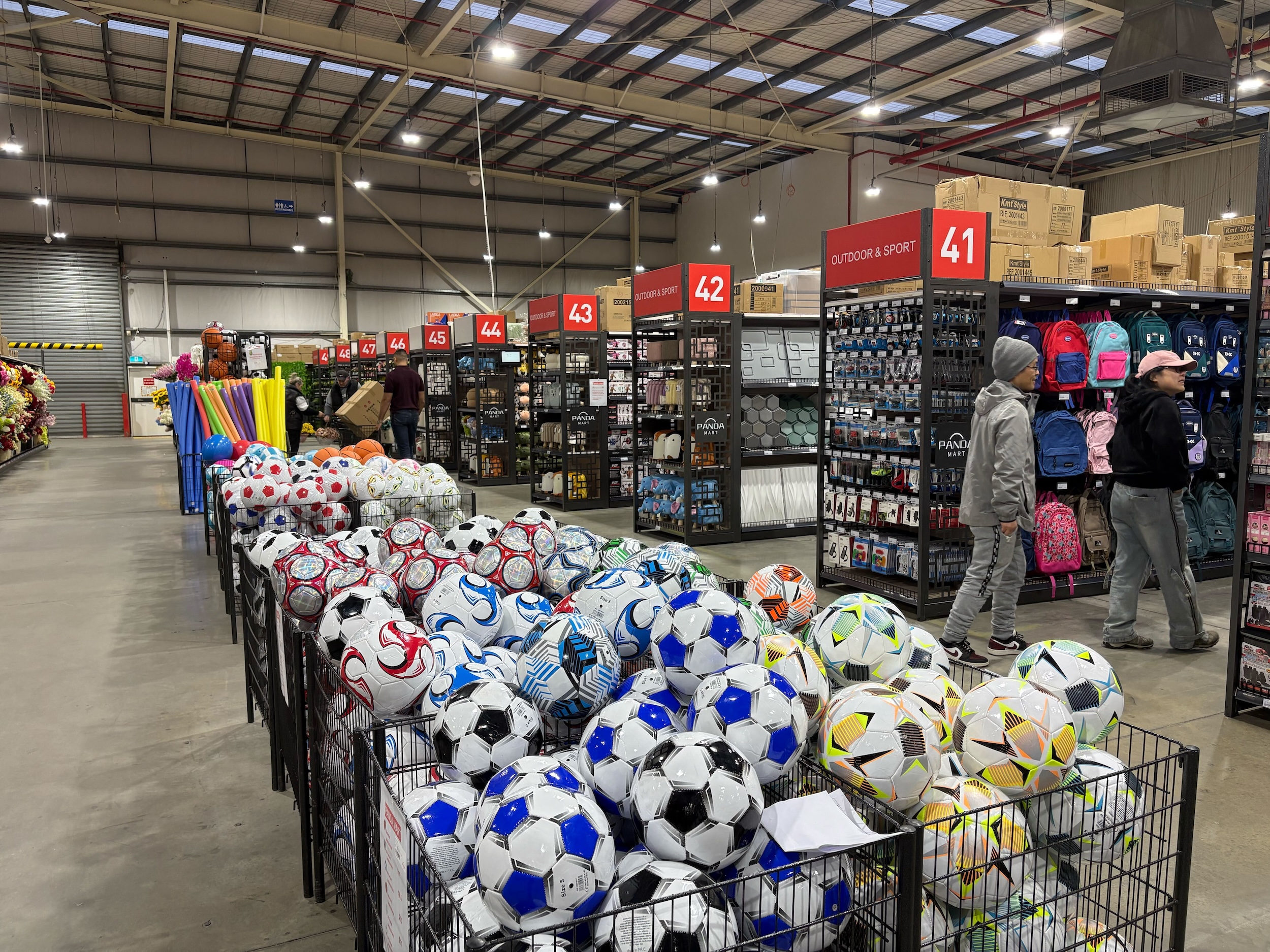
Gary Mortimer believes warnings such as these are effective on consumer habits “to a point.”
“Most reasonable consumers will see these warnings about safety and will probably be more cautious, particularly when it comes to children’s products.”
“Warnings like this always make headlines, but the reality is affordability often does trump safety in the discount shopping space,” Carmel Zein added.
“Consumers are under pressure, cost of living has risen sharply over the past few years, and more people are actively looking for ways to stretch their dollar. That said, I don’t think it’s a zero-sum game. Transparency and trust will matter more than ever and the players who can deliver affordability and reassure consumers on safety will come out ahead.”
Melbourne first, Australia next
Since arriving in Australia, Panda Mart has secured two big box leases in the Melbourne suburbs of Cranbourne and Preston – one a former Masters site and the other a former Bunnings superstore.
Carmel Zein says choosing Melbourne for its first Australian locations makes strategic sense.
“The city’s consumer demographic is highly diverse, experimental, and less brand-obsessed compared to some other markets. Shoppers there are more likely to value functionality and affordability over labels, which makes them an ideal launchpad. By testing the waters in a city where consumers are open to alternatives, Panda Mart can refine its model before expanding into more brand-sensitive markets.”

A further expansion could be on the cards, pending available commercial properties. Picture: realcommercial.com.au
Following the initial success of Panda Mart in Melbourne, a nationwide rollout plan to other capital cities is more than likely on the cards, pending the availability of commercial property that meets its sizeable requirements.
“That is certainly harder to come by, as it’s very unlikely you’ll find another Bunnings suddenly become vacant,” Gary Mortimer said.
“There may be some opportunities in airport or DFS retail areas, where there’s often plenty of land and you can put a big shed up. There was also discussion recently around the future of Big W and only a few years ago we saw them close several stores. Moving into one of their former locations would provide an opportunity for a Panda Mart to move into the shopping centre space.”
While crowds of enthusiastic customers queuing for hours is a phenomenon normally reserved for global beauty outlets, fashion boutiques or trendy fro-yo stores, the fervour surrounding Panda Mart’s arrival to Australia suggests our discount retail sector isn’t immune to social media-driven virality.
“Online platforms like Temu have conditioned consumers to expect ultra-low prices, making them eager to jump on anything that promises that same affordability with more certainty,” Carmel Zein said.

Prime warehouse space in desirable locations is hard to come by. Picture: realcommercial.com.au
“The hype over Panda Mart’s first store opening tapped directly into that sentiment. It’s not just about cheap goods, it’s about consumers feeling like they’ve ‘hacked the system’ by getting what they need without overpaying for the label.”
Gary Mortimer believes the novelty will slowly wear off as the company expands into new regions.
“After they’ve opened a couple of stores in a new state, you’ll probably find there’ll be less and less activity at each opening.”

